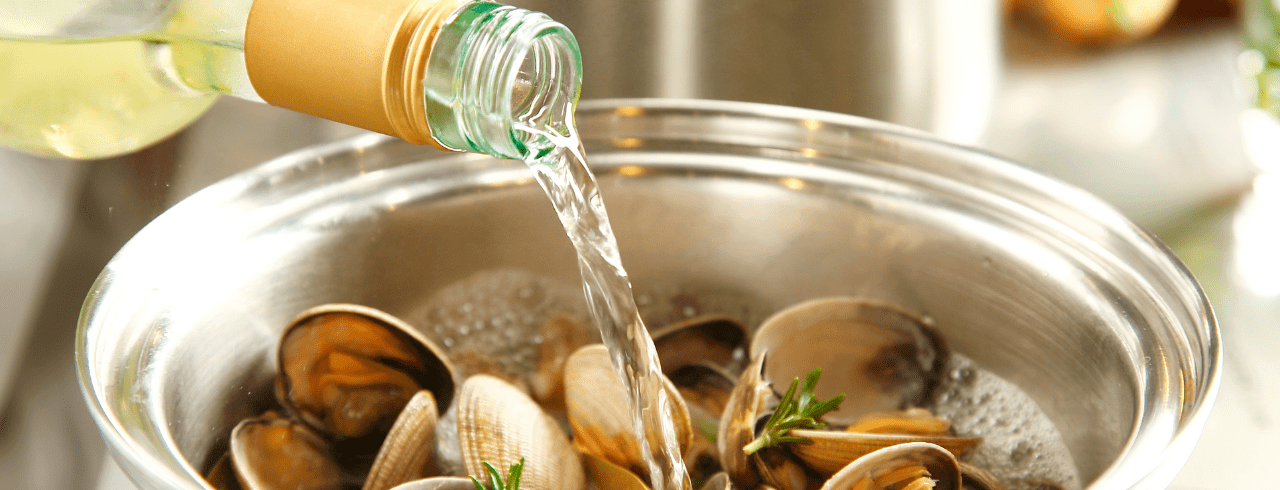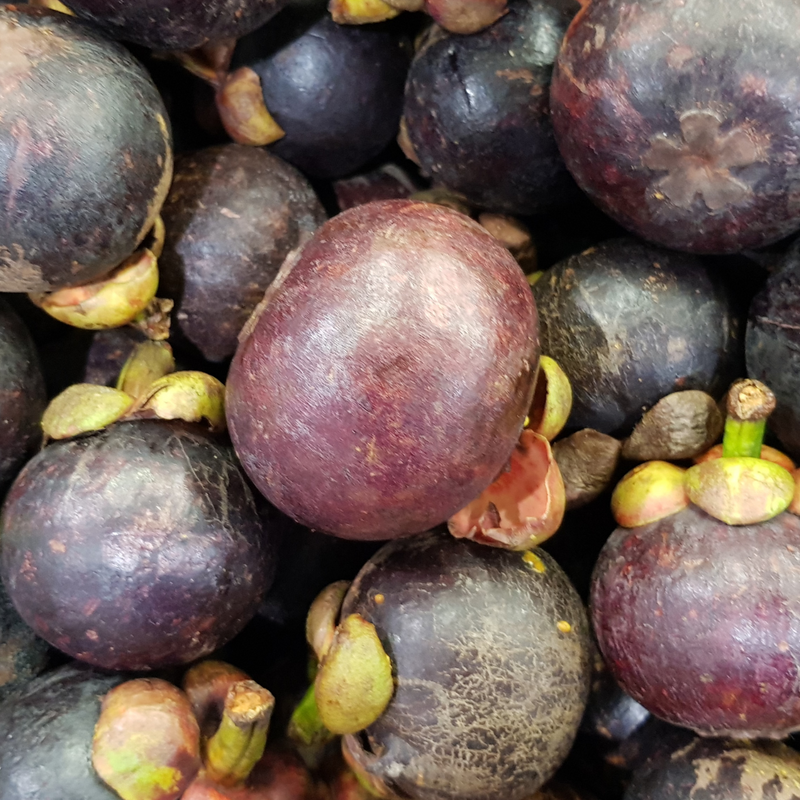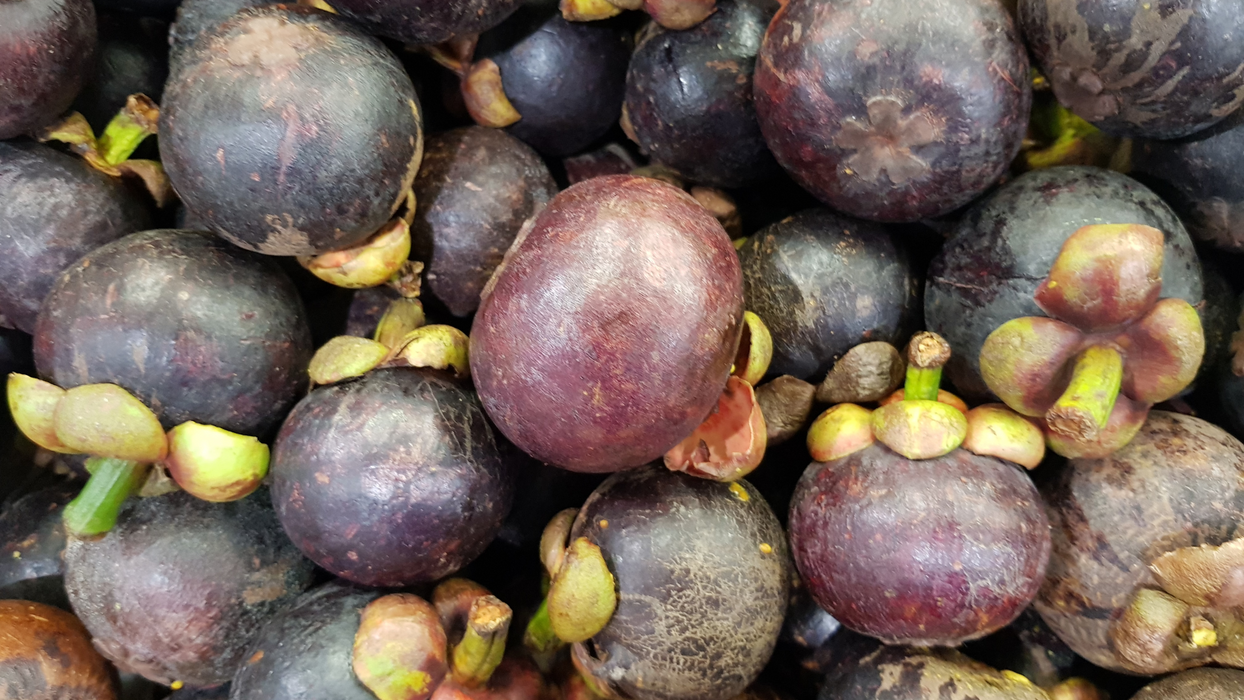
What Is Wine Reduction?
If you are still new to studying wine, it can be intimidating to learn the many growing regions, varietals/blends, producers, pairings, etc., that are second nature to seasoned vino experts.
While adding “wine reduction” to this lengthy list may seem overwhelming, it’s actually an excellent way to quickly further your vinicultural knowledge.
Understanding how to properly reduce wine and add it to some of your favorite meals can teach you the basics of cooking with vino and bolster your understanding of why certain bottles pair well with specific types of foods.
With that reassuring introduction out of the way, let’s dive right into our Guide to Wine Reduction:
The Basics of Wine Reduction
To the uninformed, wine reduction often sounds like a lesser version of wine.
This notion is mostly misguided, but it holds some truth in a physical sense.
A wine reduction consists of simmered wine that “reduces” (i.e., thickens) by evaporation into a new liquid mixture with a higher concentration of flavor and a more viscous consistency.
As a vinicultural tradition, its popularity stretches back as far as the first century when Roman chefs began to reduce wine made from grapes and Asian chefs reduced wines made from other fruits or rice.
Over the following centuries, international chefs caught on to the technique (particularly with grape wines), using it to boost the flavors and personalities of a wider variety of meals.
In modern times, restaurants most often use dry red wines with relatively low tannin levels, like Merlot, Red Zinfandel and Pinot Noir, or dry and acidic white wines, like Sauvignon Blanc, Chardonnay and Pinot Grigio, for reductions across a spectrum of recipes.
Uses for Wine Reduction
To best understand the flavorful utility of wine reduction, it’s best to visualize examples of meals that use it well.
As many recipes feature reduced wine, we’ll break down our lists into dishes using red wine reduction and white wine reduction for clarity.
Meals with Red Wine Reduction
Reduced red wine works exceptionally well with heavier recipes featuring sturdy meats, hearty sauces and slow-cooking techniques.
These recipes typically utilize red wine reduction as a tasty addition to lamb, duck, beef, meat stew, tomato sauce and even some desserts.
Some of our favorites meals featuring red wine reductions are:
- Roast Beef with Merlot Sauce
- Seared Duck with Red Wine Reduction Sauce
- Pasta with Red Wine Tomato Sauce
- Strawberries with Red Wine Syrup and Whip Cream
Meals with White Wine Reduction
Compared to its red grape relatives, white wine reduction works best with entirely different types of meals.
The dry, acidic white wines most often used for reductions typically accompany recipes featuring fish, chicken, pork, mushrooms or some lighter forms of pasta or risotto.
Some of our favorite meals featuring white wine reductions are:
- Flounder with an Herb, Lemon and White Wine Sauce
- Creamy Risotto with Parmesan and Chardonnay Reduction
- Mushrooms in White Wine Sauce
- Pork Loin with Herbaceous Chardonnay Gravy
How to Reduce Red Wine
-
Gather Your Ingredients
To make four servings of an excellent red wine reduction, here are the essential ingredients you will need:
- Olive Oil
- ½ Cup of Dry Red Wine (Merlot, Pinot Noir, Sangiovese, etc.)
- 2 Cups of Roasted Chicken Stock
- ¼ to ⅓ Cup of Minced Shallots
- 5 Teaspoons of Butter
- 1 Tablespoon of Tomato Paste
- ⅛ Teaspoon Each of Salt and Pepper
- 1 Tablespoon of Rosemary
-
Coat Your Saucepan Pan in Olive Oil
Make sure you spread evenly throughout the pan’s surface.
-
Add Roasted Chicken Stock to Saucepan and Cook Over Medium-High Heat
Bring the stock to a gentle boil and cook until it reduces down to ½ cup (~20 minutes). Once finished, pour your reduced stock into a bowl and place it aside somewhere it can stay warm.
-
Add Wine, Shallots and Tomato Paste to Saucepan and Cook over Medium-High Heat
Bring the mixture to a gentle boil and cook until it reduces down to ⅓ cup (~8 minutes).
-
Add Reduced Stock Back to Saucepan
Make sure to stir in the stock thoroughly.
-
Cook New Mixture Over Medium-High Heat
Bring to a gentle boil. Cook until mixture reduces down to ⅔ cup (~7 minutes).
-
Strain Mixture over A Bowl
Make sure to remove any unwanted, solid chunks caught in your sieve.
-
Stir in Butter, Salt, Pepper and Rosemary
Be careful not to add too much of any seasoning.
-
Serve and Enjoy!
For tips on adding red wine reductions to your favorite foods, try one of the meals we listed earlier.
How to Reduce White Wine
-
Gather Your Ingredients
To make ~four servings of this yummy white wine reduction, you will need:
- Olive Oil
- ½ Cup of Acidic White Wine
- 2 Teaspoons of Minced Garlic
- 5 Teaspoons of Butter
- ½ Teaspoon Each of Salt and Pepper
-
Coat Your Saucepan Pan in Olive Oil
Make sure you spread evenly throughout the pan’s surface.
-
Add Garlic to Saucepan and Cook Over Medium Heat
Sauté until minced garlic is golden brown (~1 minute).
-
Add Salt, Pepper, White Wine and Butter to Saucepan
Stir in thoroughly.
-
Cook New Mixture Over Medium Heat
Simmer and stir the new mixture for ~2 minutes until it reduces down to ¼ cup (depending on your serving needs).
-
Serve and Enjoy!
Wine Insiders: World-Class Wine at Affordable Prices
Now that you know how wine reduction can heighten some of your favorite meals, it’s time to treat your palate right and browse Wine Insider’s spectacular range of varietals and blends.
Whether you’re looking to start your collection off right with a wine set curated by world-renowned experts or simply searching for the perfect dinner-date bottle of red, we have the vino you need at prices you can’t help but love.
If you can’t decide where to start your search, we recommend checking out our new arrivals, customer favorites, award winners and staff picks sections for exquisite vino approved by the greater Wine Insiders’ community.
Last but not least, keep up with our regularly updated Wine 101 guides for more easy-to-follow tips on storage, pairing, serving and more!





